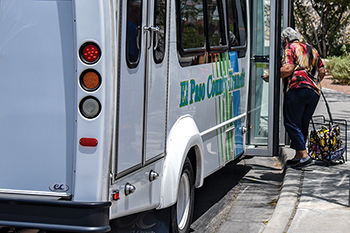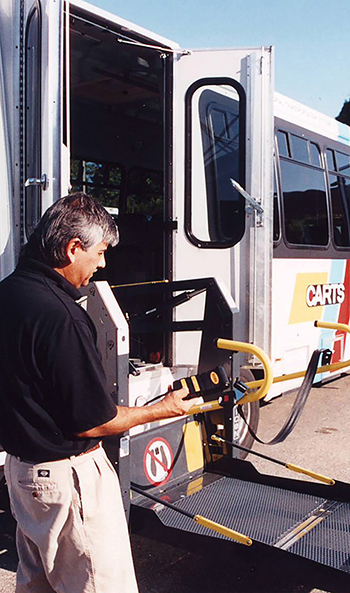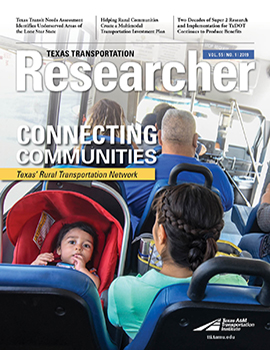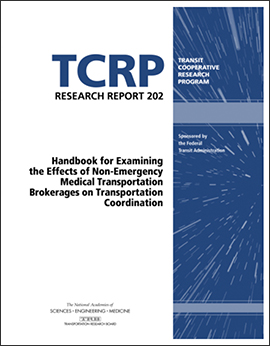Consider this scenario: Dan lives in a small rural town and suffers from several health issues. He’s a very-low-income senior, making him eligible for Medicaid health care. Three times a month he must travel an hour away to the nearest city for medical care.

Since he doesn’t own a vehicle or drive, Dan arranges to get a ride through the Medicaid non-emergency medical transportation (NEMT) program. He would also like to shop for groceries and visit relatives while in the city. This involves multiple phone calls to arrange transportation with different providers for trips to his doctors and to the grocery store and visits with family. Sometimes he gets stressed and nervous about making his transportation arrangements. Since Dan is in such a remote area, the process of securing transportation for his medical trips, essential shopping and personal visits is both challenging and time consuming.
Medicaid is a joint federal and state program that provides health coverage for millions of individuals and families with limited income. Ensuring access to necessary medical care is an important feature that sets Medicaid apart from traditional health insurance. Medicaid NEMT is an important benefit for Medicaid beneficiaries who need to get to and from medical services and have no other means of transportation. Similarly, rural public transportation services provide mobility to individuals living in rural areas. Coordination between NEMT and public transportation can be an issue.
In recent years, numerous state Medicaid agencies have separated NEMT transportation services from local or regionally coordinated transportation systems in order to create a statewide or regional brokerage service for all NEMT trips. This means that qualified Medicaid recipients call a broker to request transportation, and the broker then follows multiple steps to verify recipient eligibility, obtain approval for the trips, and arrange for the most efficient and economical ride, which may be a privately owned transportation provider, rather than the public rural transit system. Public transportation and mobility management professionals are concerned about this trend, citing less coordination, more service duplication and loss of local revenue for public transportation providers.

A Transit Cooperative Research Program (TCRP) project led by the Texas A&M Transportation Institute (TTI) examined these issues. TTI Research Scientist Linda Cherrington, principal investigator on the project, developed a handbook providing strategies to encourage coordination between NEMT brokers and rural public transportation agencies. The handbook is supported by seven in-depth state case studies based on interviews with personnel from state Medicaid agencies, brokers, public transit agencies, and human services transportation providers, as well as advocates for Medicaid beneficiaries.
Researchers identified that both NEMT and public transportation stakeholders share common desired outcomes for providing NEMT services, including:
- improving health outcomes,
- providing better quality of service, and
- lowering the cost of transportation services.
“We found that state Medicaid agencies use the NEMT broker approach to save costs, ensure compliance with Medicaid guidelines, and reduce the administrative burden to the state,” Cherrington says. “Brokers have a responsibility to arrange the lowest-cost transportation available.” In very remote rural areas, it can be difficult to find any providers at all, so if a rural public transportation option is possible — and a reasonable price can be negotiated — a partnership can be a win-win for everyone.
Since rural public transportation providers are already serving rural areas, these agencies have the ideal opportunity to coordinate with NEMT to reduce costs and also benefit the rural population, who could schedule transportation with one call/one click.
“This research project confirmed for us that coordinating NEMT with rural public transportation offers numerous advantages,” says Gail Bauhs of TripSpark Medical, who served as the panel chair for the project. “The handbook is a great tool for all involved to identify strategies to achieve common desired outcomes.”

